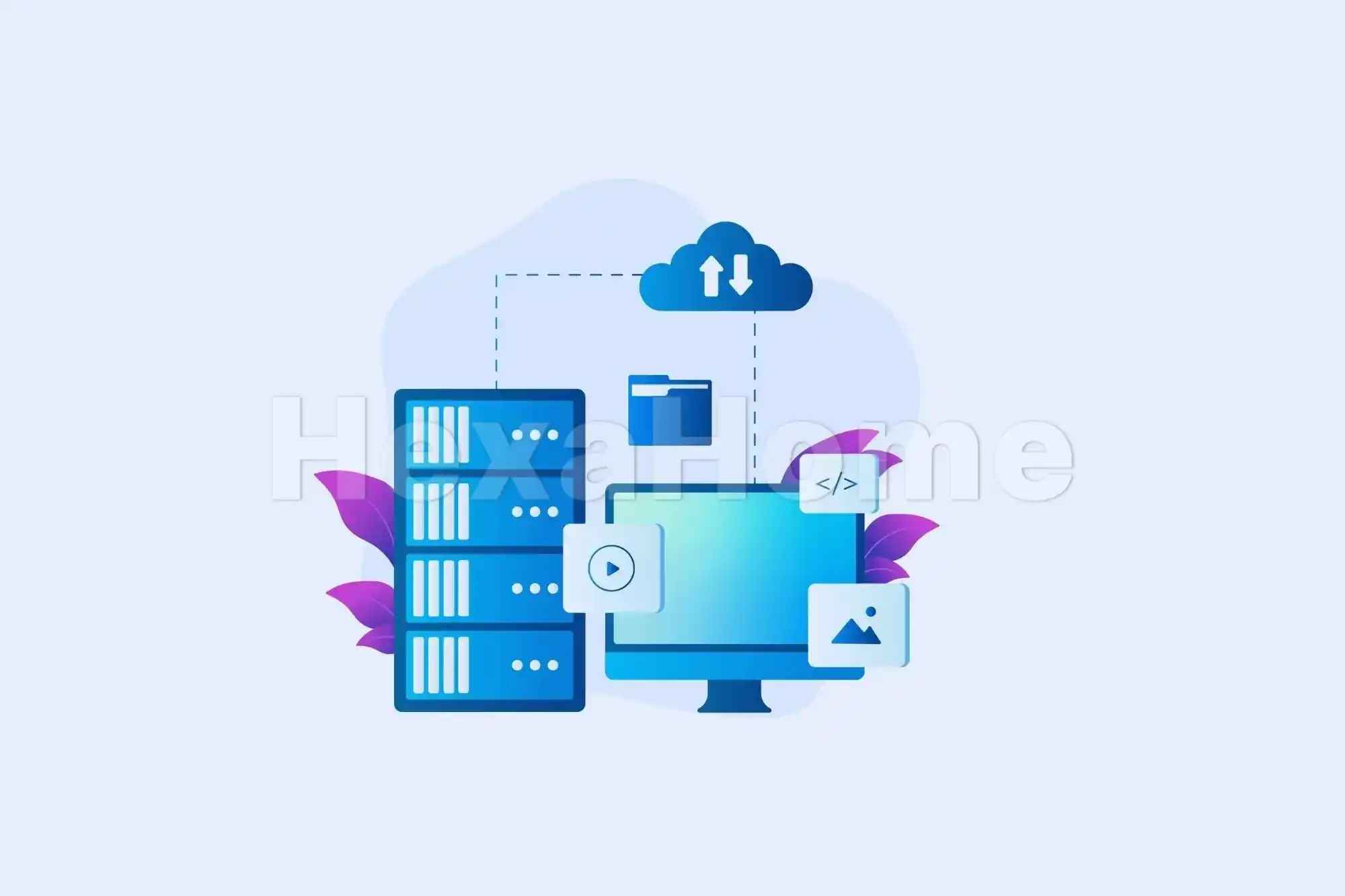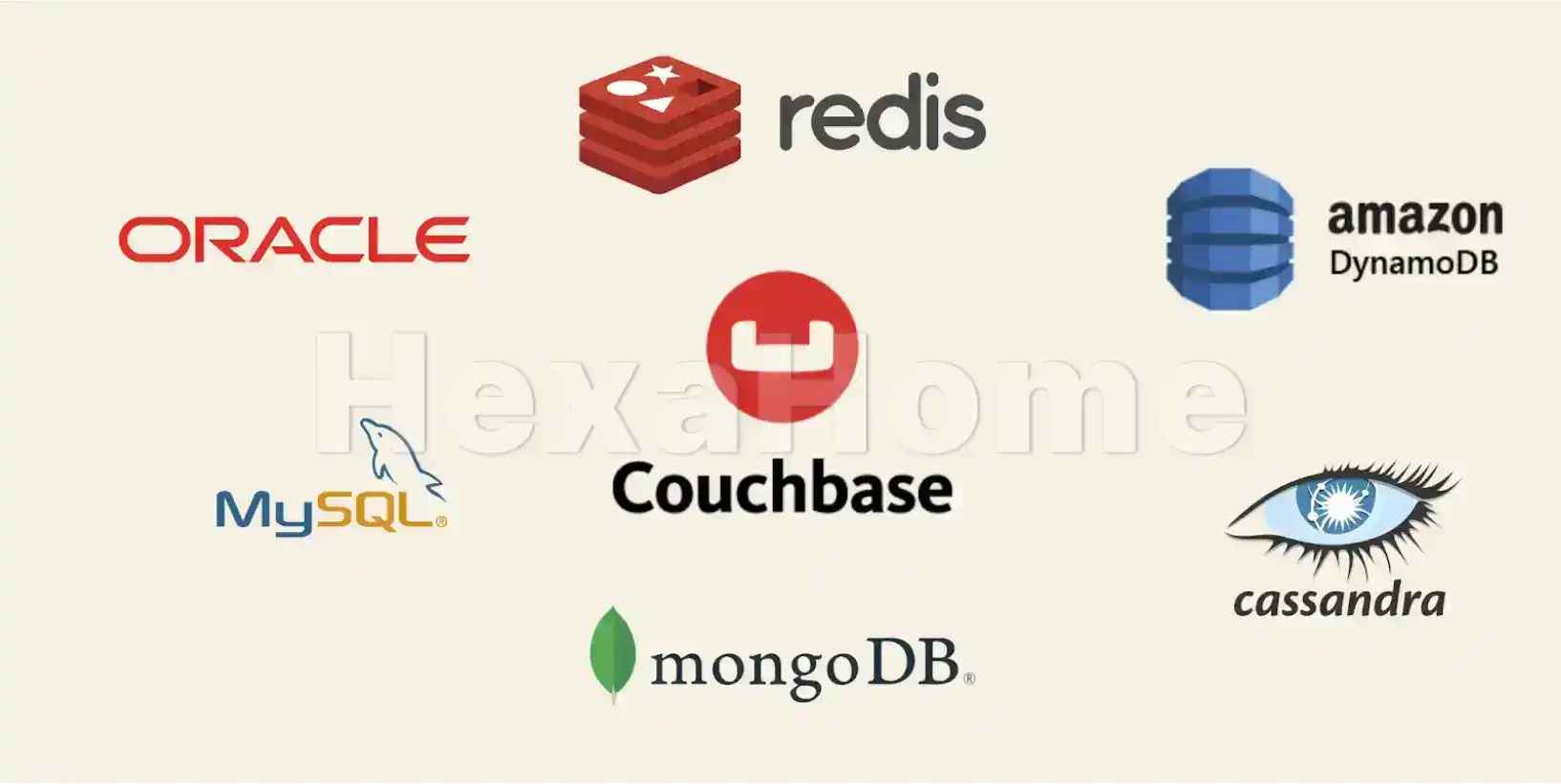Databases: Efficient Tools for Organizing and Accessing Data
Updated on : 09 December, 2024, 10:30 AM IST

Image Source: AI-generated
Table Of Contents
What is a Database?
A database is an organized collection of structured information or data, typically stored electronically in a computer system. Databases are managed by Database Management Systems (DBMS), which provide the necessary tools to create, retrieve, update, and delete data efficiently. The primary goal of a database is to store data in a way that makes it easy to access and manipulate.
Key Components of a Database
-
Tables: The fundamental structure of a database where data is stored in rows and columns. Each table represents a specific entity (e.g., users, products) and consists of fields (columns) that define the attributes of that entity.
-
Records: Each row in a table represents a single record or instance of the entity. For example, in a user table, each row would represent an individual user.
-
Fields: The columns in a table that hold specific pieces of information about each record. For instance, a user table may have fields like
UserID,Name,Email, andDateOfBirth. -
Relationships: Databases often involve relationships between different tables. For example, an order table may relate to a user table through a foreign key that links orders to the users who placed them.
Types of Databases
Databases can be classified into several categories based on their structure and usage:

Image Source: Image source: AI-generated
1. Relational Databases
Relational databases are the most common type of database used today. They store data in structured tables with predefined schemas and use SQL (Structured Query Language) for querying and managing data.
-
Examples: MySQL, PostgreSQL, Oracle Database.
-
Advantages:
- Strong consistency and integrity.
- Support for complex queries using SQL.
- Well-suited for structured data.
2. NoSQL Databases
NoSQL databases are designed for unstructured or semi-structured data and provide flexibility in terms of schema design. They are often used for big data applications and real-time web apps.
-
Examples: MongoDB (document-based), Cassandra (column-family), Redis (key-value).
-
Advantages:
- Scalability to handle large volumes of data.
- High availability and performance.
- Flexible schema design allows for rapid development.
3. In-Memory Databases
In-memory databases store data primarily in memory rather than on disk; allowing for extremely fast data access and processing speeds.
-
Examples: Redis; Memcached.
-
Advantages:
- Low latency; high throughput.
- Ideal for caching frequently accessed data.
- Supports real-time analytics.
4. Graph Databases
Graph databases are designed to represent; query relationships between entities using graph structures (nodes; edges).
-
Examples: Neo4j; Amazon Neptune.
-
Advantages:
- Efficiently handle complex relationships.
- Ideal for social networks; recommendation engines; fraud detection.
- Flexible schema allows easy adaptation to changing requirements.
How Do Databases Work?
Understanding how databases work involves grasping several core concepts:
Data Storage
Data is stored in tables within the database; each table consists of rows (records) ; columns (fields). When new data is added; it creates new records within the appropriate tables.
Querying Data
To retrieve or manipulate data from the database; users write queries using SQL or other query languages specific to NoSQL databases; queries can range from simple selections to complex joins across multiple tables.
Example SQL Query
SELECT Name; Email FROM Users WHERE Age > 18;This query retrieves names; email addresses from users who are older than eighteen years from Users table.
Transactions
Databases support transactions to ensure integrity during operations; transaction is sequence operations performed as single logical unit work; transactions follow ACID properties (Atomicity; Consistency; Isolation; Durability) guarantee reliable processing even cases system failures.
Indexing
To improve query performance; databases use indexing techniques allow faster retrieval records based specified criteria; index like book’s table contents helps locate information quickly scanning every record table.
Importance Of Databases In Modern Applications
Databases are essential various reasons:
1 . Data Management : They provide structured ways store vast amounts information efficiently while ensuring easy access manipulation .
2 . Scalability : As applications grow ,databases can scale horizontally vertically accommodate increasing amounts without compromising performance .
3 . Data Integrity : With built-in mechanisms enforcing constraints relationships between tables ,databases help maintain accurate consistent throughout its lifecycle .
4 . Security : Most modern offer robust features such encryption ,user authentication ,role-based access control protect sensitive information unauthorized access .
5 . Analytics : enable organizations perform complex queries analytics providing valuable insights drive informed decision-making .
Best Practices For Database Design

Image Source: Image source: AI-generated
To ensure optimal performance maintainability your systems ,consider these best practices :
1 . Normalization : Organize tables minimize redundancy dividing large into smaller ones while maintaining relationships them .
2 . Use Appropriate Types : Selecting right types fields impact efficiency performance .
3 . Strategy : Implement strategies judiciously ; while speed up operations ,they slow down write due overhead during updates .
4 . Backup Regularly : Regular backups essential prevent loss due hardware failures unforeseen events .
5 . Monitor Performance : Continuously monitor metrics identify bottlenecks inefficiencies arise over time .
Future Trends In Database Technology
As technology evolves ,so do systems ;here trends shaping future :
1 . Cloud : shift towards computing has led rise services like Amazon RDS Google Cloud SQL offer scalability need physical management .
2 . Multi-Model : support multiple models document graph within single system allowing greater flexibility designing applications .
3 . Artificial Intelligence Integration : powered automate tasks such optimization anomaly detection improving overall efficiency .
4 . Serverless Architecture : allow focus building without worrying management provisioning resources manually .
5 . Privacy Regulations : regulations like GDPR become prevalent ,systems need enhanced features compliance laws concerning personal handling .
Conclusion
Databases form foundation upon which modern applications built ;understanding structure ,types ,functionality best practices essential anyone involved software development IT management ;technology continues advance rapidly ,staying informed emerging trends will help leverage effectively projects .


